As a wildlife photographer, venturing into the great outdoors is a thrilling and rewarding experience. To make the most of your wildlife photography adventures, it’s crucial to possess essential outdoor skills that ensure your safety, comfort, and success in remote locations. In this blog post, let’s go through some important outdoor skills necessary for wildlife photographers. From navigation and survival techniques to weather preparedness and safety considerations, you’ll gain the knowledge and confidence needed to navigate the wild safely and capture breathtaking wildlife images while you’re at it.
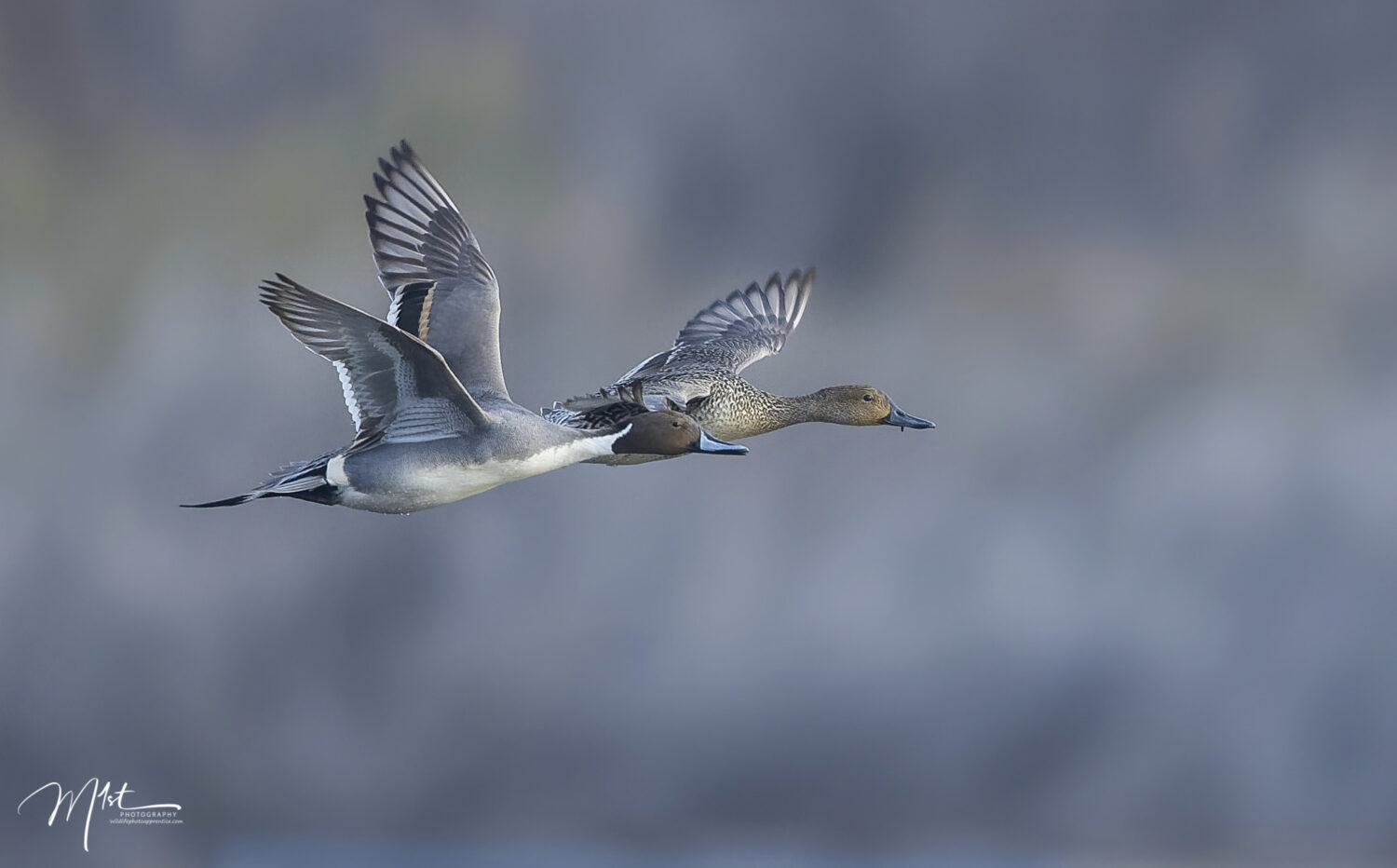
Mastering navigation skills can be vital for wildlife photographers who venture off the beaten path. Learn how to read topographic maps, use a compass, and interpret GPS devices to navigate unfamiliar terrain. Familiarize yourself with key landmarks, trail markers, and natural features to stay on course and avoid getting lost. Understanding navigation techniques will not only keep you safe but also enable you to reach remote areas where wildlife thrives.
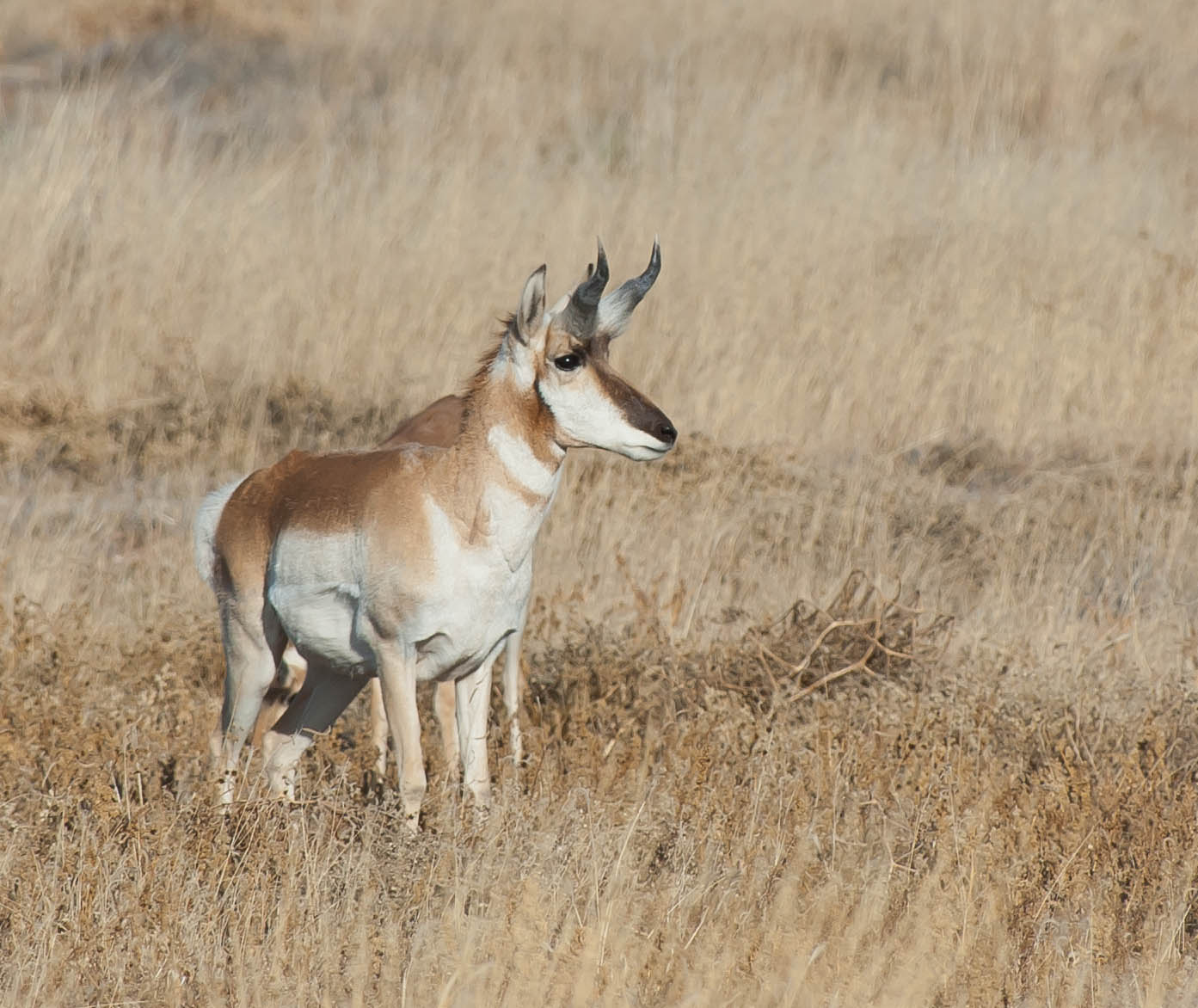
There are various resources available to help you develop this essential outdoor skill. Consider attending workshops or courses specifically focused on outdoor navigation. These programs often provide hands-on training, practical exercises, and expert guidance to help you understand map reading, compass use, GPS navigation, and orienteering. Numerous websites and video platforms host tutorials and instructional videos on navigation skills. From basic map reading and compass navigation to more advanced techniques, you can find step-by-step guides and demonstrations by experienced navigators and outdoor enthusiasts. Many guidebooks and manuals cover navigation skills for outdoor enthusiasts. Look for titles specifically aimed at hikers, backpackers, or wilderness explorers.
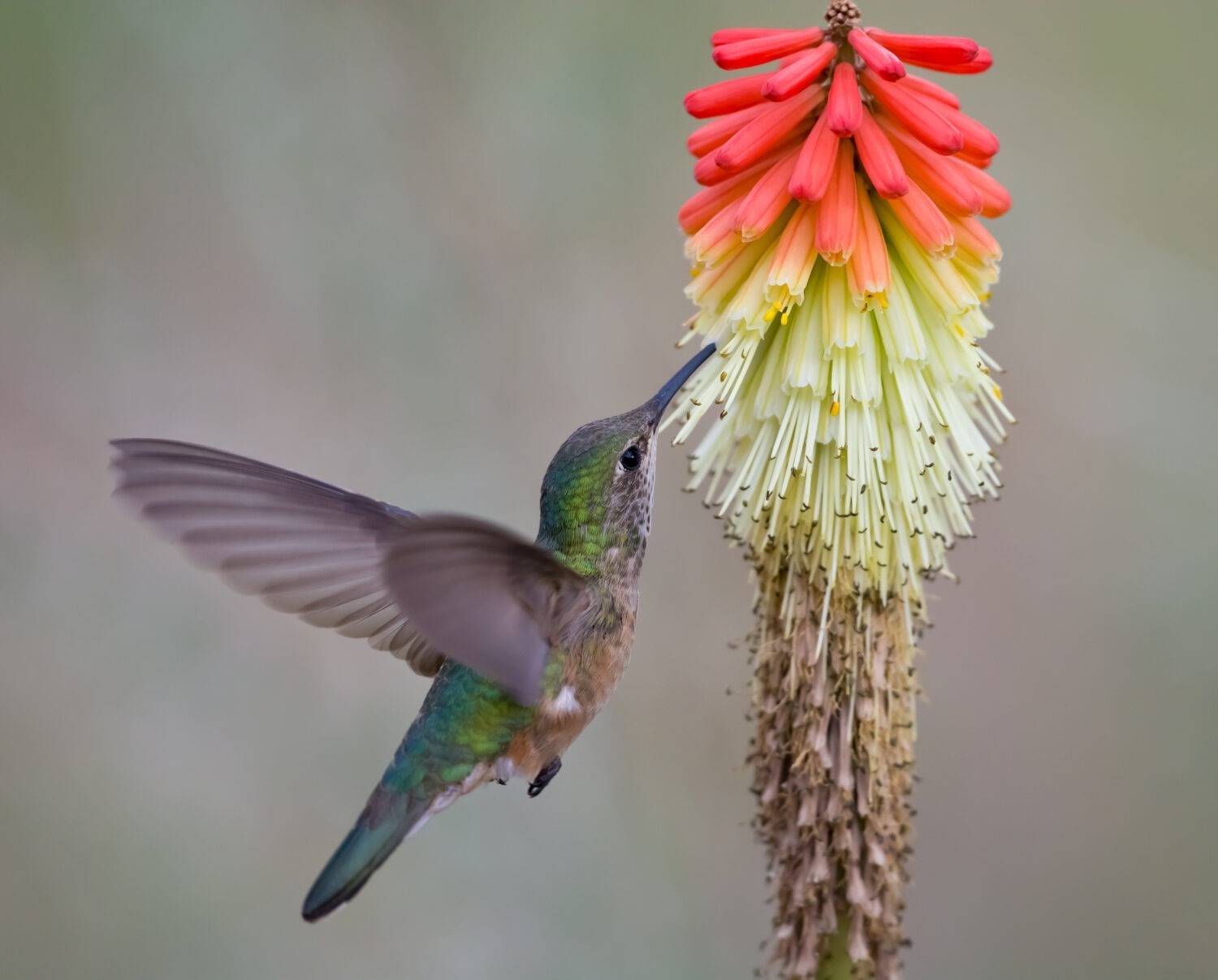
Outdoor organizations and clubs, such as hiking or orienteering clubs, often offer workshops, events, and resources related to navigation skills. Embrace the digital age by using navigation apps and digital mapping tools on your smartphone or GPS device. Applications like Gaia GPS, ViewRanger, or AllTrails offer features such as route planning, real-time navigation, and offline maps that can assist you in the field. Remember that while learning navigation skills through these resources is valuable, it’s essential to practice in real-world scenarios. Apply your knowledge during hikes, nature walks, or photography outings to develop confidence and proficiency in navigating the wild. Over time, your navigation skills will improve, allowing you to confidently explore remote locations for your wildlife photography pursuits.
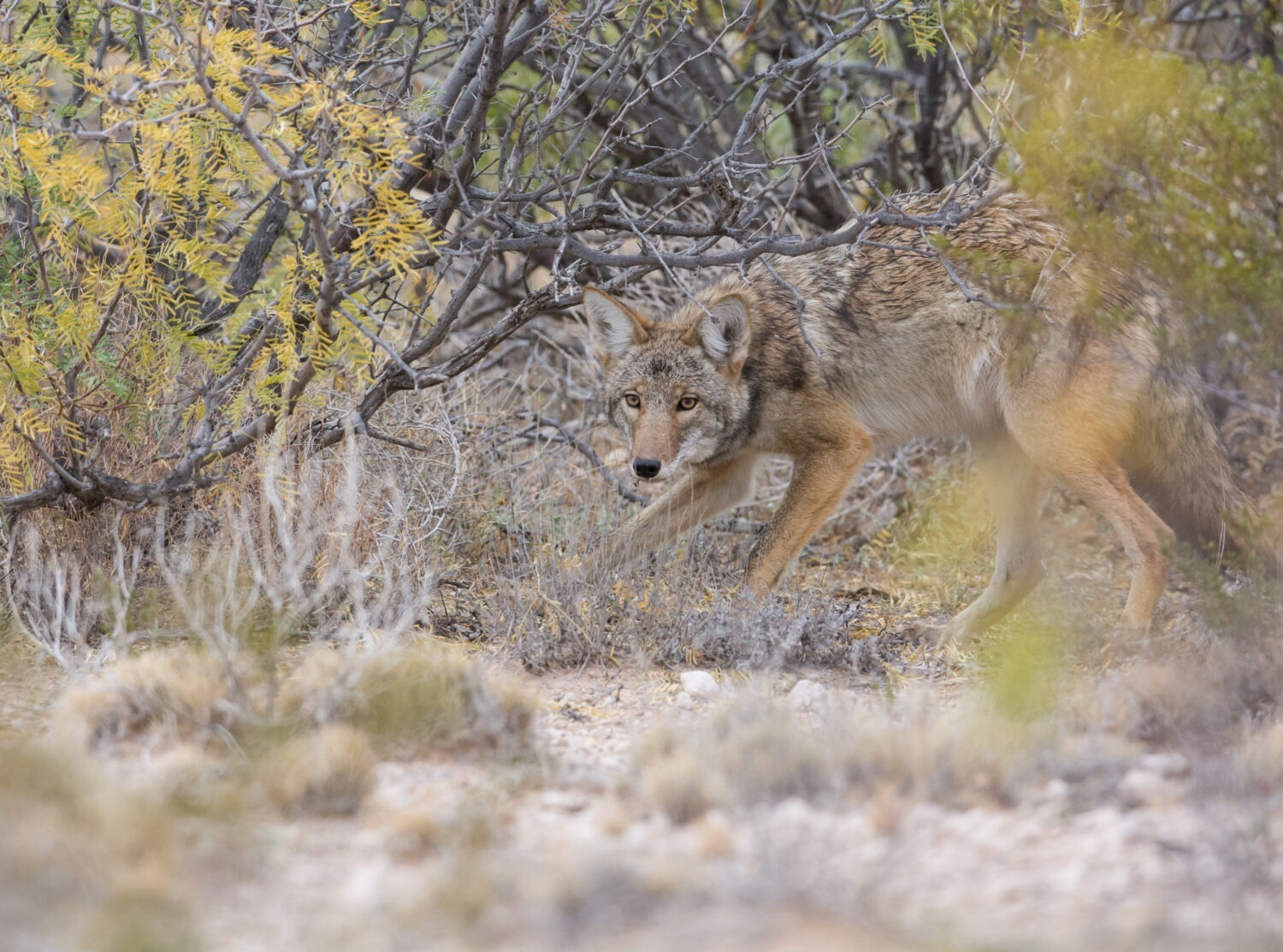
In the wild, unexpected situations can arise. Familiarizing yourself with some basic survival skills can turn a life-threatening situation into simply an unpleasant one. Being prepared for unforeseen circumstances will give you peace of mind and allow you to focus on your wildlife photography pursuits. Books and online resources dedicated to survival skills offer a wealth of information, covering topics such as shelter-building, fire-starting, water purification, foraging, and basic first aid. It is essential to focus on acquiring essential skills such as shelter construction, fire-making, navigation, signaling for help, and understanding edible plants. Carrying essential survival tools like a knife, fire starter, and emergency supplies in your backpack. These foundational skills can greatly enhance your ability to survive and thrive in the wild, ensuring your safety and resilience during wildlife photography expeditions.

Weather conditions can greatly impact your wildlife photography outings. Stay informed about local weather patterns and forecasts, paying attention to temperature changes, precipitation, and wind conditions. Heavy rain, storms, or snowfall, can create challenging shooting conditions and make the terrain slippery and hazardous. Extreme temperatures, whether extremely hot or cold, can also pose risks such as heat exhaustion, hypothermia, or frostbite if proper precautions are not taken. Additionally, strong winds can affect stability while shooting or potentially damage equipment. Other weather-related risks include lightning strikes, flash floods, or avalanches in mountainous regions. It is crucial for wildlife photographers to stay updated on weather forecasts, carry appropriate gear for different weather conditions, and prioritize safety by making informed decisions and knowing when it’s necessary to adjust plans or seek shelter. Dress appropriately in layers, invest in quality outdoor gear, and carry rain gear to protect yourself and your equipment from the elements. Being prepared for diverse weather scenarios will ensure your comfort and safety during extended photography sessions.
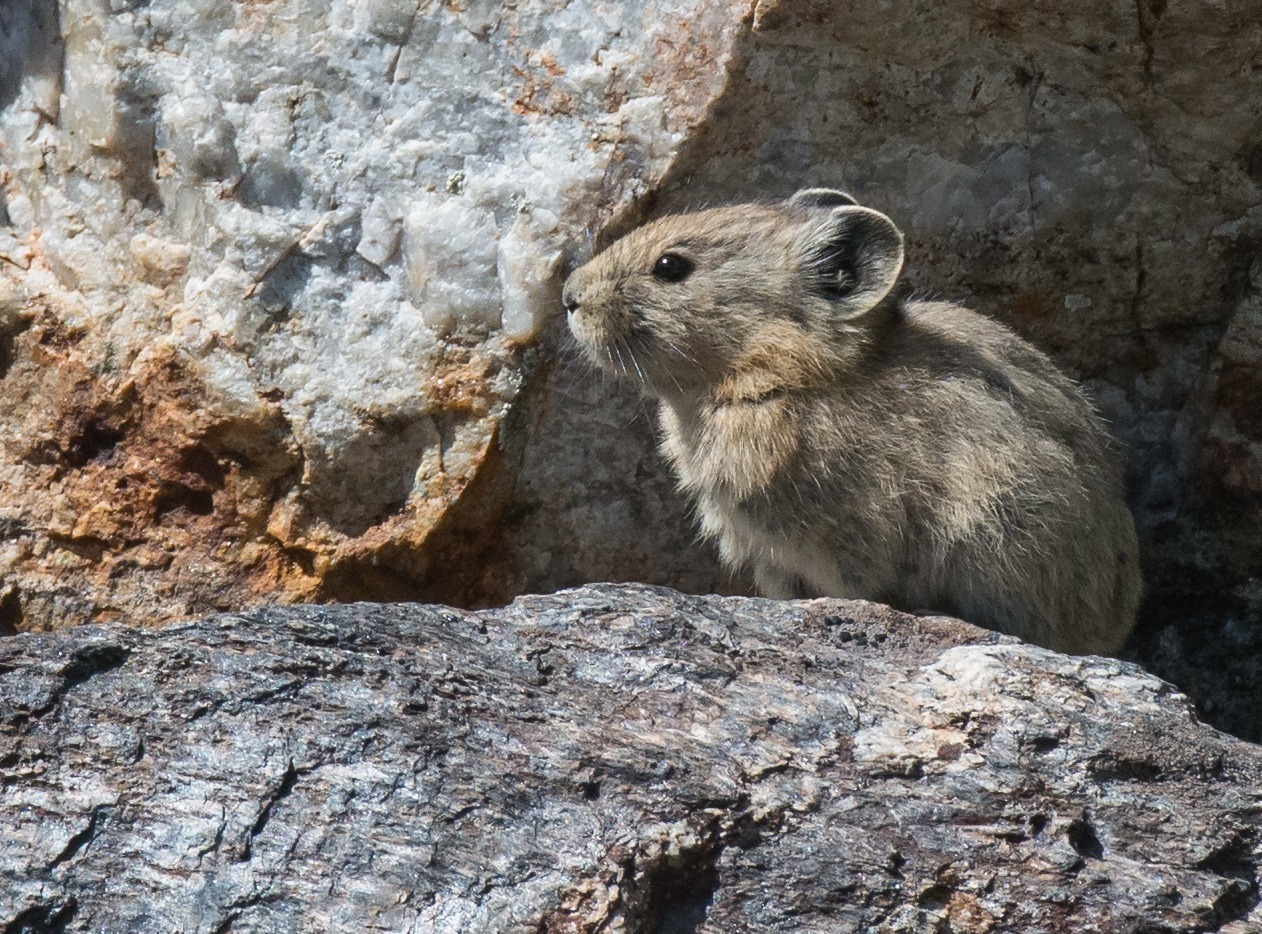
Thunderstorms can produce lightning which poses a significant risk to wildlife photographers when they are out in the open or near tall objects, such as trees or hills. It’s crucial for photographers to monitor for thunderstorms, and seek shelter in a safe location to avoid the dangers associated with lightning strikes. When photographing wildlife in mountains it is important to consider that as altitude increases, the temperature tends to decrease. This is due to the decrease in air pressure and the fact that the atmosphere becomes less dense, resulting in less heat being retained and the surrounding air becoming colder at higher altitudes. The ratio of temperature change to altitude is known as the lapse rate. On average, the lapse rate is approximately 6.5 degrees Celsius per 1,000 meters (3.6 degrees Fahrenheit per 1,000 feet) of altitude. However, it’s important to note that the lapse rate can vary depending on various factors such as weather patterns, atmospheric conditions, and geographic location. When storms roll in at altitude conditions, especially temperature can change rapidly.
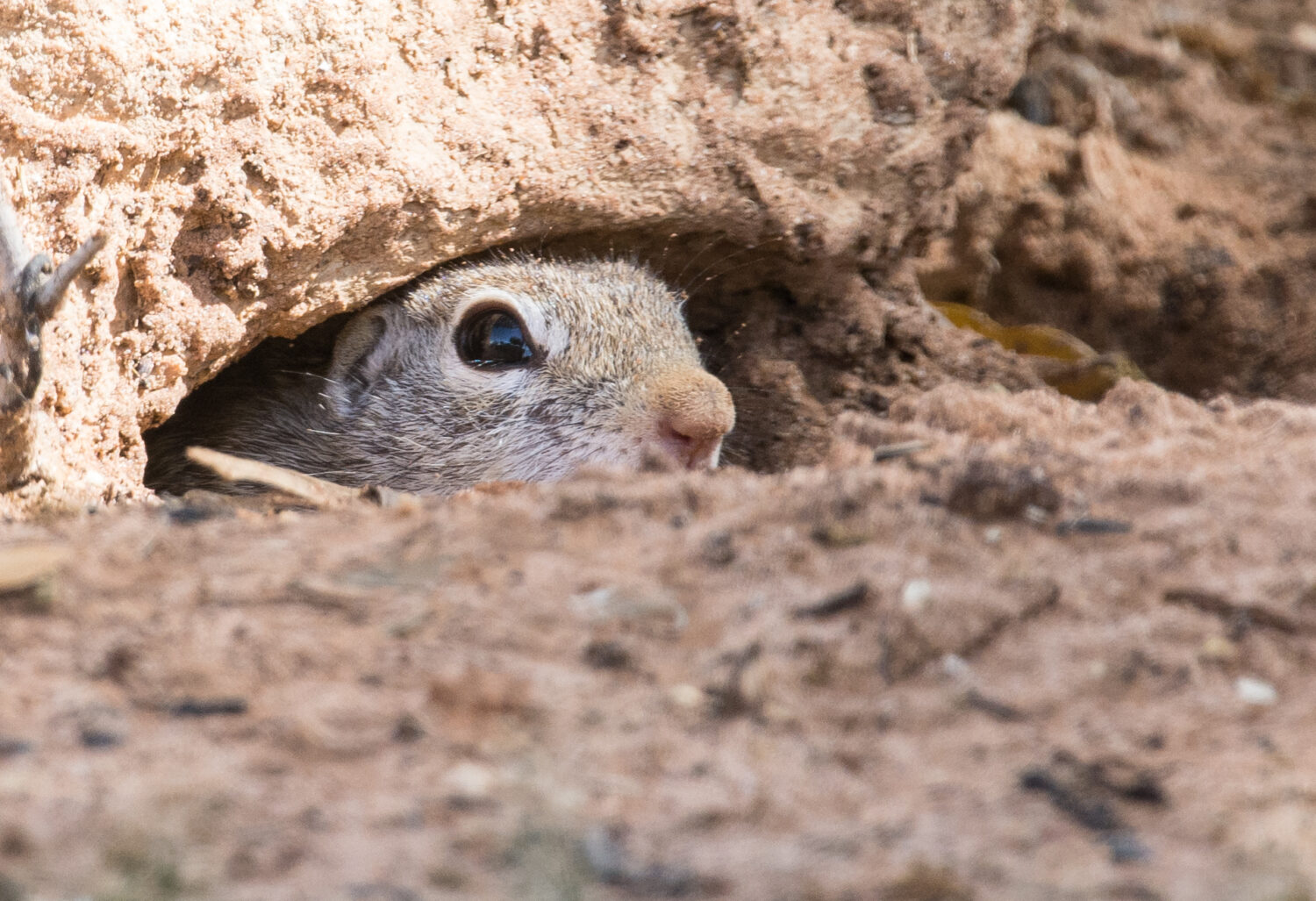
Protecting your photography gear in the outdoors is essential for successful wildlife photography. Invest in a reliable camera bag or backpack that provides adequate padding and weather resistance. Use lens filters to shield your lenses from dust, moisture, and scratches. Consider investing in a weatherproof camera cover or umbrella for shooting in inclement conditions. Proper gear protection ensures your equipment stays safe and functional, enabling you to capture remarkable wildlife images.
The Peak Design Shell is a versatile and weather-resistant camera cover that offers protection against rain, snow, and dust. It features a unique design with four-way stretch fabric and sealed seams, allowing for easy access to camera controls and lens adjustments. The Shell comes in various sizes to accommodate different telephoto lenses.
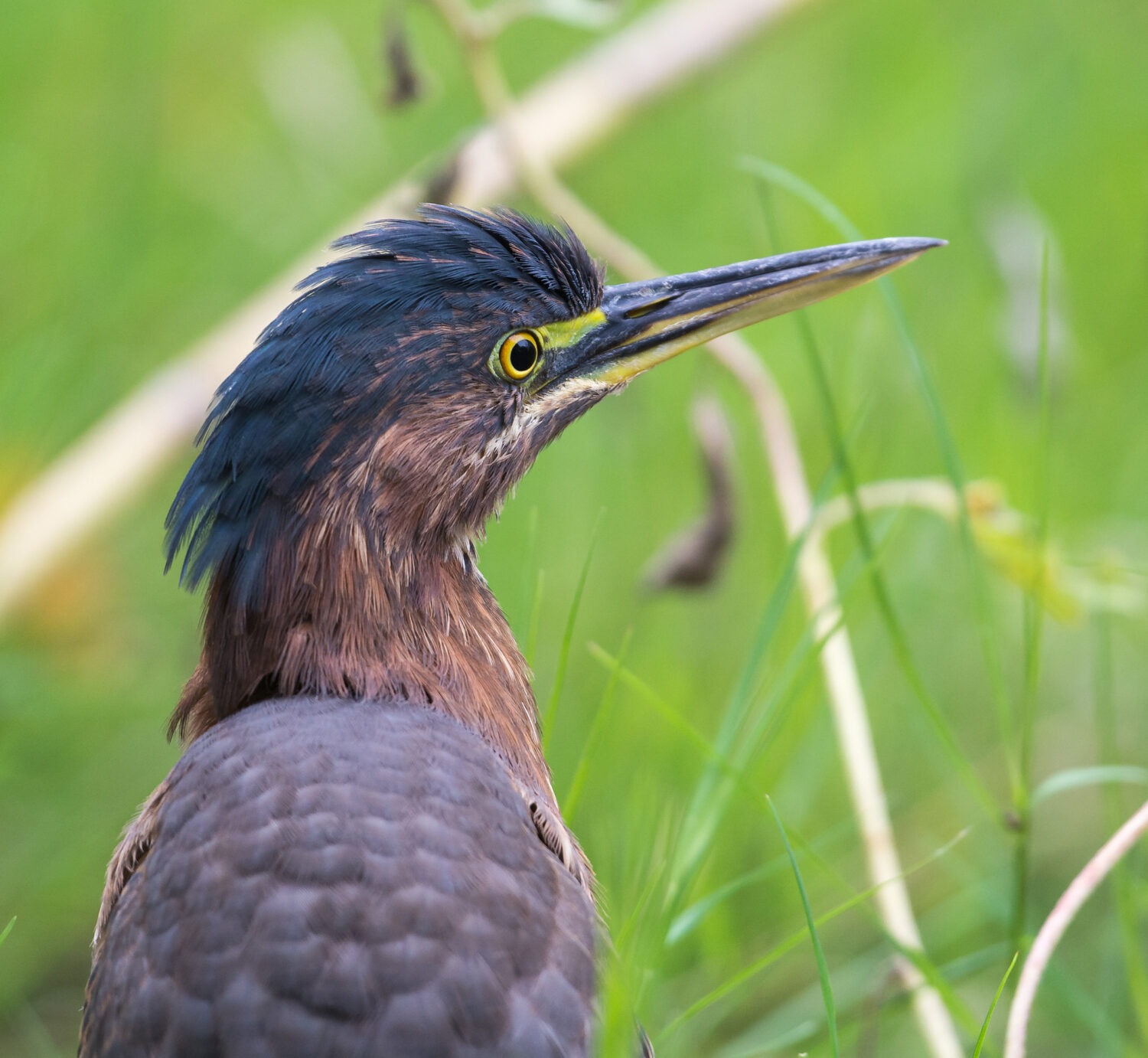
The Think Tank Photo Hydrophobia Rain Cover is known for its durable construction and excellent protection against heavy rain. It features a clear front panel that allows for visibility and access to camera controls. The Hydrophobia Rain Cover comes in different sizes to fit various telephoto lenses and camera setups.
The Op/Tech USA Rainsleeve is a budget-friendly option that provides basic protection against rain for telephoto lenses. These disposable rain covers are made of lightweight and waterproof material, featuring a drawstring closure for a snug fit. They are available in different sizes to accommodate various lens lengths.
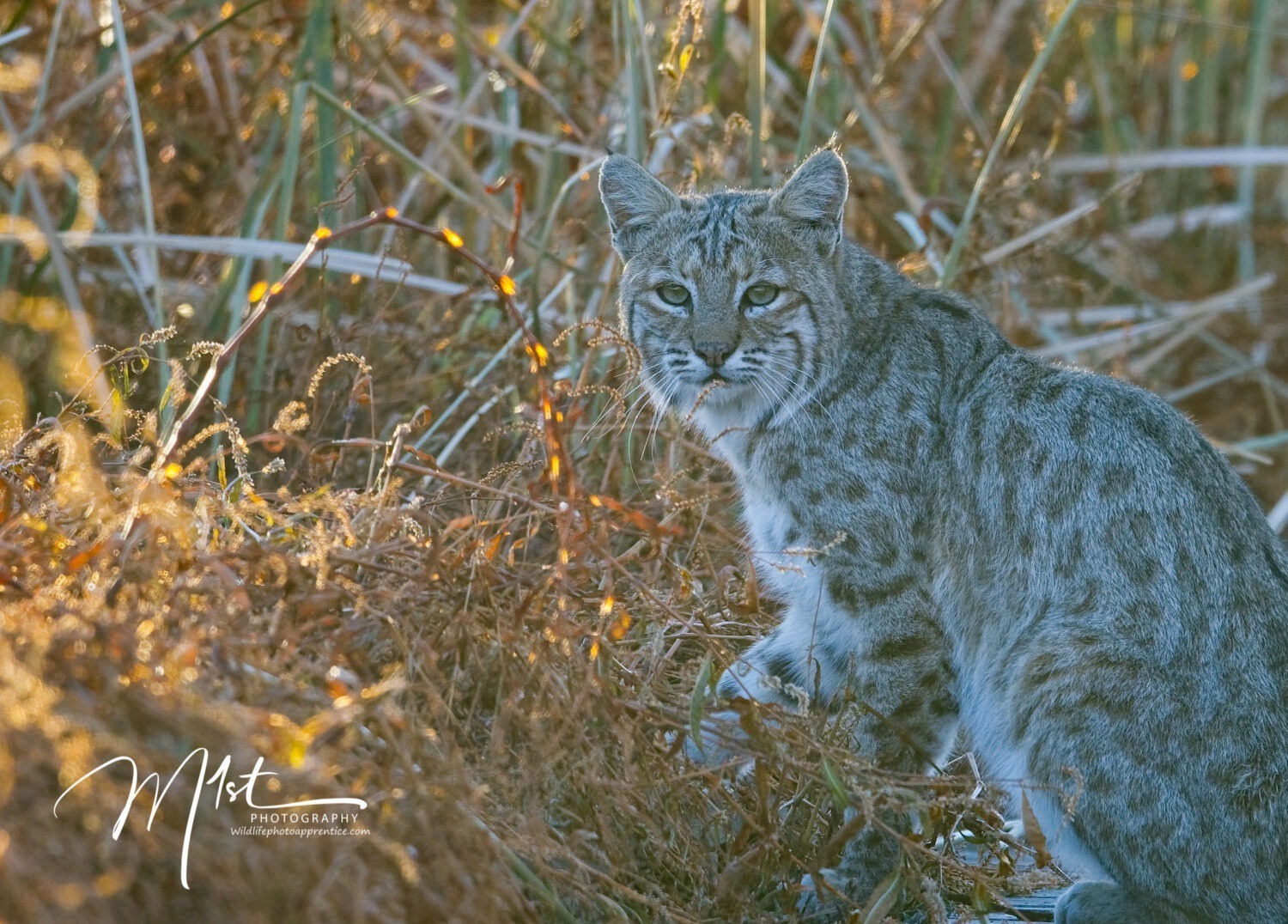
In conclusion, while photography skills are crucial for wildlife photographers, developing essential non-photography skills is equally important for a successful, fulfilling, and safe experience in the field. Navigational expertise, survival skills, weather preparedness, equipment protection, and having an understanding of the environment are all vital aspects to master. By honing these skills, wildlife photographers can navigate the wild with confidence, ensure their safety and well-being, and make the most of every opportunity to capture stunning images of the natural world. Remember, it’s the combination of technical proficiency, outdoor skills, and a deep appreciation for the wilderness that enables wildlife photographers to truly connect with nature and convey its beauty through their photographs.
